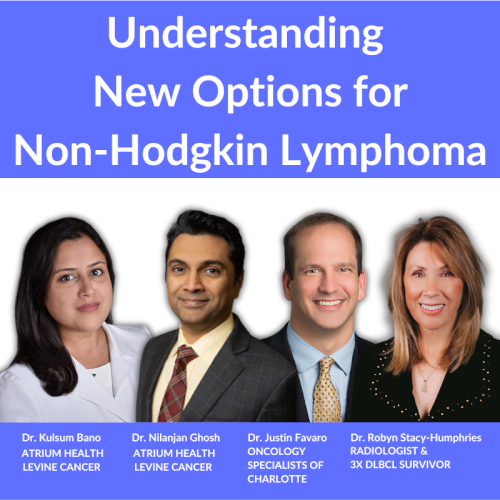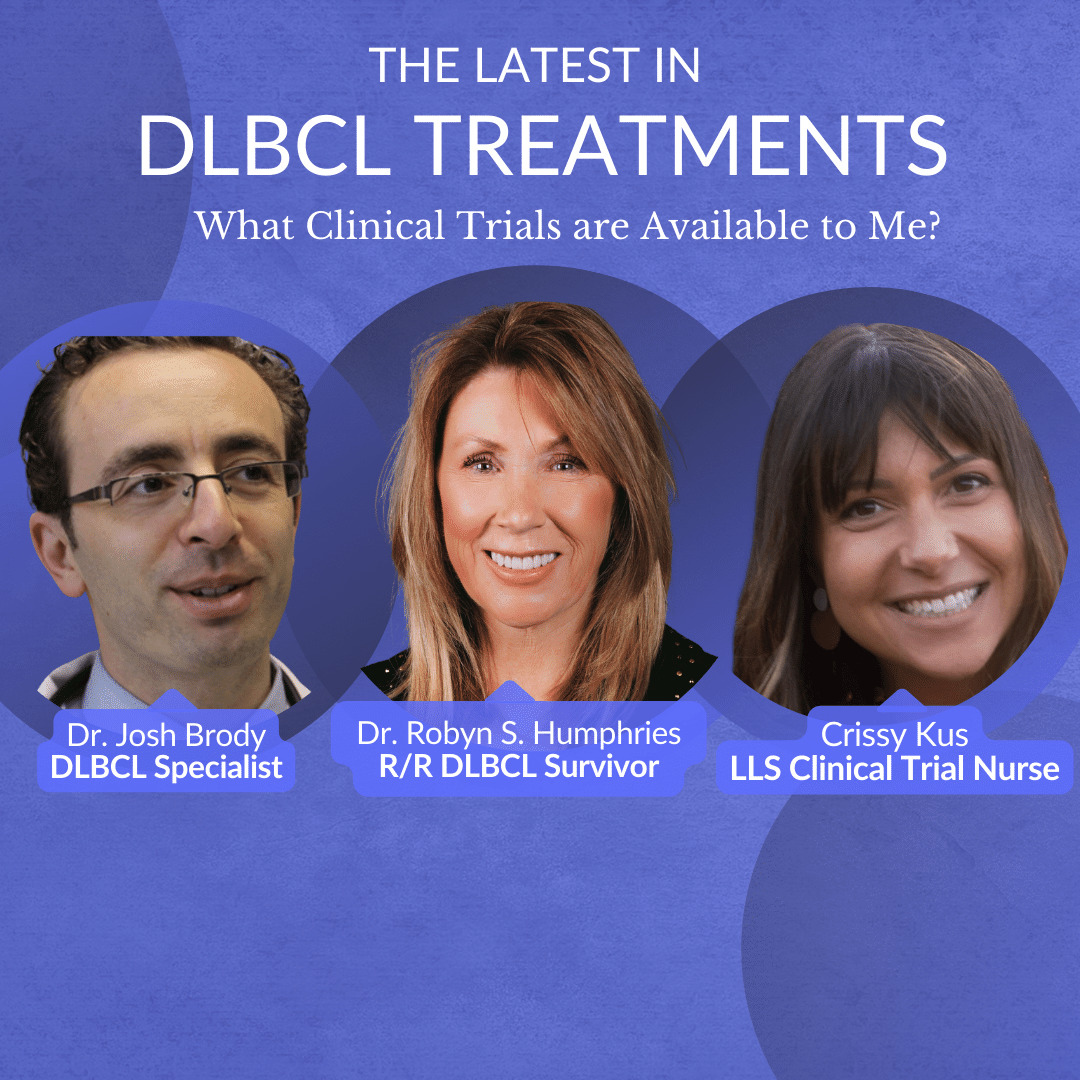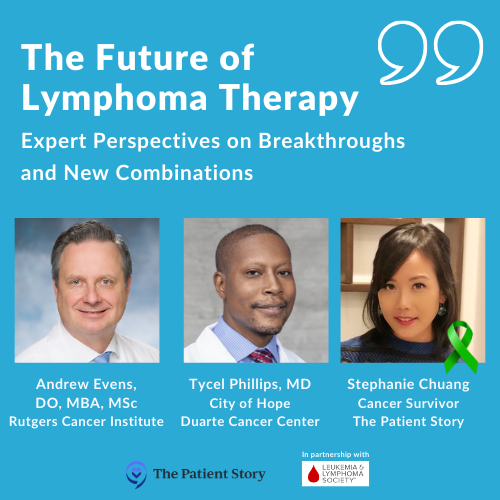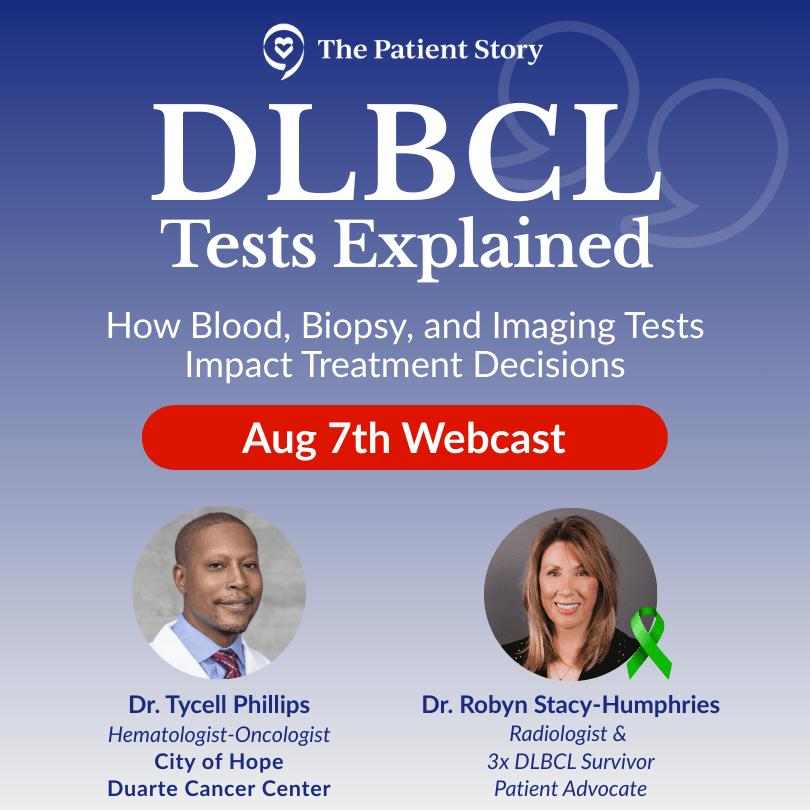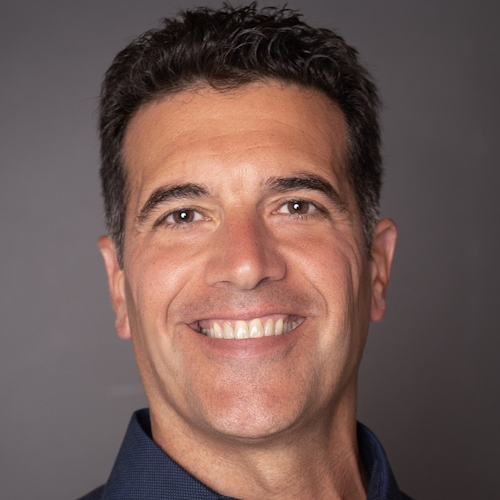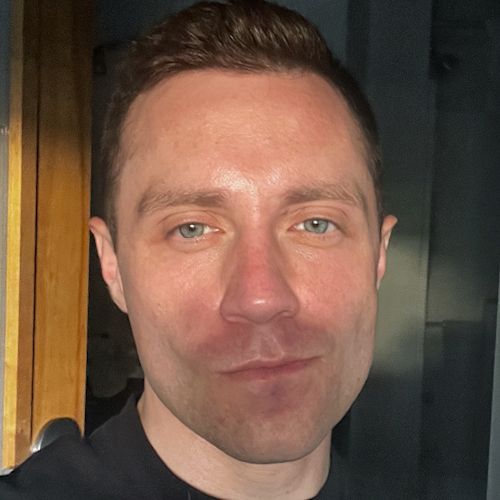Don’s Relapsed Diffuse Large B-cell Lymphoma (DLBCL) Story
Interviewed by: Taylor Scheib
Edited by: Katrina Villareal
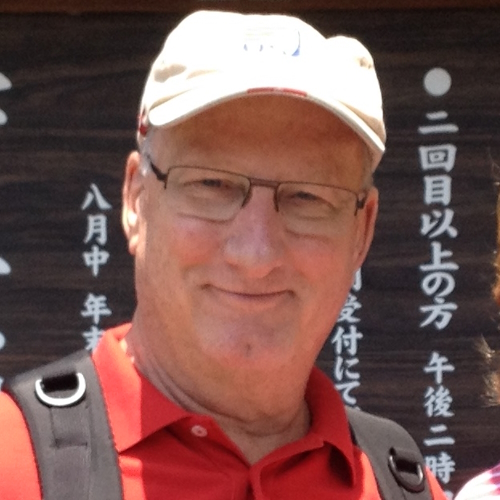
Don was 1 of nearly 70,000 Americans diagnosed with non-Hodgkin lymphoma in 2013. Unfortunately, Don fell into the 20-50% of patients whose non-Hodgkin lymphoma came back 8 years later. But still, it wasn’t over. After a second round of chemo, within one year, the non-Hodgkin lymphoma came back.
Don underwent chemotherapy regimens twice. The third time doctors found his cancer, his treatment options were limited. The conversation became more difficult.
This is Don’s story of how he got diagnosed with cancer 3 times and the decisions that led him to no evidence of disease.

Thank you to Genmab for its support of our patient education program! The Patient Story retains full editorial control over all content.
This interview has been edited for clarity and length. This is not medical advice. Please consult with your healthcare provider for treatment decisions.
- Name: Don S.
- Diagnosis:
- Relapsed Diffuse Large B-cell Lymphoma (DLBCL)
- Initial Symptoms:
- Weight loss
- Fatigue
- Enlarged lymph nodes
- Treatment:
- Chemotherapy
- Radiation
- Immunotherapy: Epkinly (epcoritamab)

I was losing weight, didn’t feel good, and was always tired. I was admitted to the hospital for three weeks to run tests and they discovered I had lymphoma.
Introduction
I grew up in Connecticut and then in 1979, I moved to North Carolina where I live with my wife. We’ve been married for over 20 years.
I worked for IBM for 25 years and while there, I got my master’s degree in electrical engineering from Syracuse University. I retired in the ‘90s and started my own computer business. I did that for another 20 years and then retired for good.
I used to race sailboats, but I’ve aged out of that and now I’m into golf.

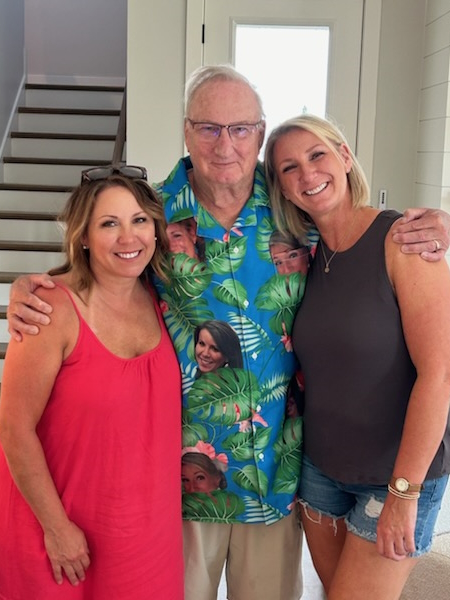
Non-Hodgkin’s Diagnosis
In 2013, I was losing weight, didn’t feel good, and was always tired. I was admitted to the hospital for three weeks to run tests and they discovered I had lymphoma. Dr. Favaro was the on-call doctor then. I went with him when I got out and I’ve been with him ever since.
Eight years later, it came back and this time, it was the lymph nodes in my neck. We did treatment again but no radiation this time.
Less than a year later, it was back for a third time. The glands in my neck got swollen, so I knew something wasn’t right. I thought it might go away, but it never did, so I went to see my oncologist again.
Dr. Favaro said, “We have to do something different.” I looked into CAR T-cell therapy, but the problem was it required 24/7 care. My wife was still working, so we couldn’t do that. We then looked at Epkinly and we’ve been doing that since February.
The regimen for Epkinly initially starts with three weeks of low doses… it may be possible that after a year or two, I won’t even need to go once a month.
Making Treatment Decisions Together
Dr. Favaro set me up with another doctor in Charlotte. I went to see her and discovered that it was going to be more intense than we were able to do. Dr. Favaro said he could do the Epkinly. I got all the booklets and we read all about it. As it turns out, I’m his first patient with Epkinly and it’s gone very well.
Treatment Timeline
The regimen for Epkinly initially starts with three weeks of low doses. It becomes a full dose for about two months, every other week for another two months, and then once a month from then on.
Epkinly has been around since 2018. As they get more and more data, it may be possible that after a year or two, I won’t even need to go once a month.
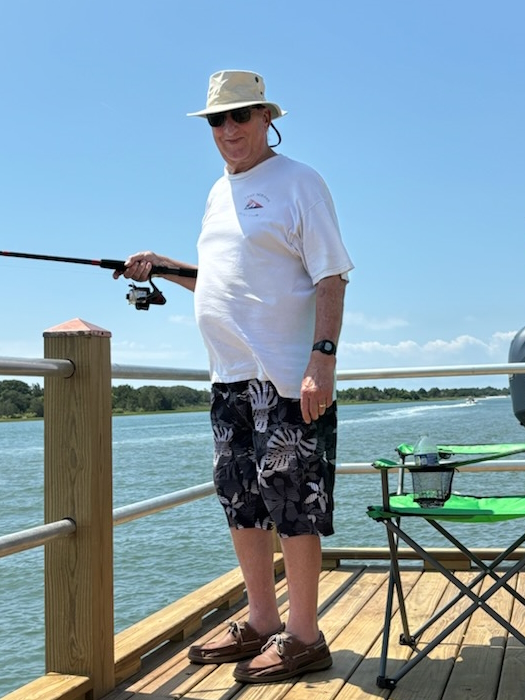
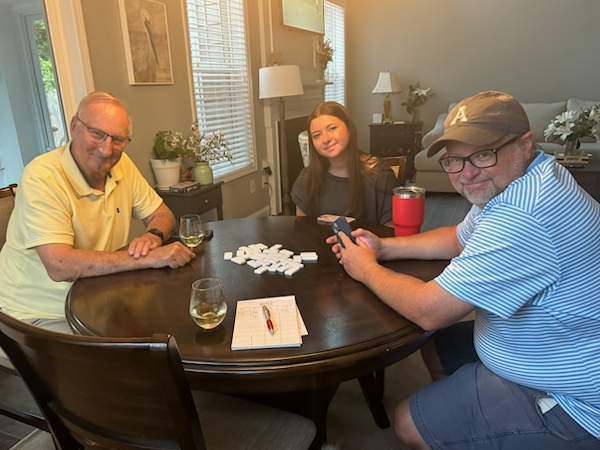
Starting on a Newly Approved Treatment
Initially, you go in for a shot once a week. It goes in the stomach. It’s an easy pinch. You don’t feel anything and it takes less than 30 seconds. A rash will show up and I use medication on that, so that fixes that itch.
In addition to that, you get steroids. They do blood lab work to make sure everything’s going okay. You get fluids. Since I was on clopidogrel, a blood thinner, they couldn’t put a port in, so they put a PICC line in. The bad news is it has to be flushed every day and that was a challenge because my oncologist’s office isn’t open on weekends. My wife could do them, but when she went on a week-long vacation, I had to go to the local hospital.
I’ve got side effects, but they don’t last very long and for the most part, I can take medication and then I’m okay.
Getting Through Side Effects
I was on steroids and sleeping was very difficult.
I was pretty hungry all the time, even though I lost weight because of cancer.
One weekend, I had hot flashes. I’d have upset stomachs, but after taking ondansetron, within 15 minutes, I would get relieved.
I’ve got side effects, but they don’t last very long and for the most part, I can take medication and then I’m okay. A lot of people I know who have cancer have side effects that are difficult to handle, so I’m lucky.
Finally… Some Good News!
I went in for a PET scan and the results came out clean. No more cancer! The Epkinly works and I’ve stayed in remission so far.
My neck glands have gone down and haven’t enlarged. Dr. Favaro and I both think that Epkinly is working.
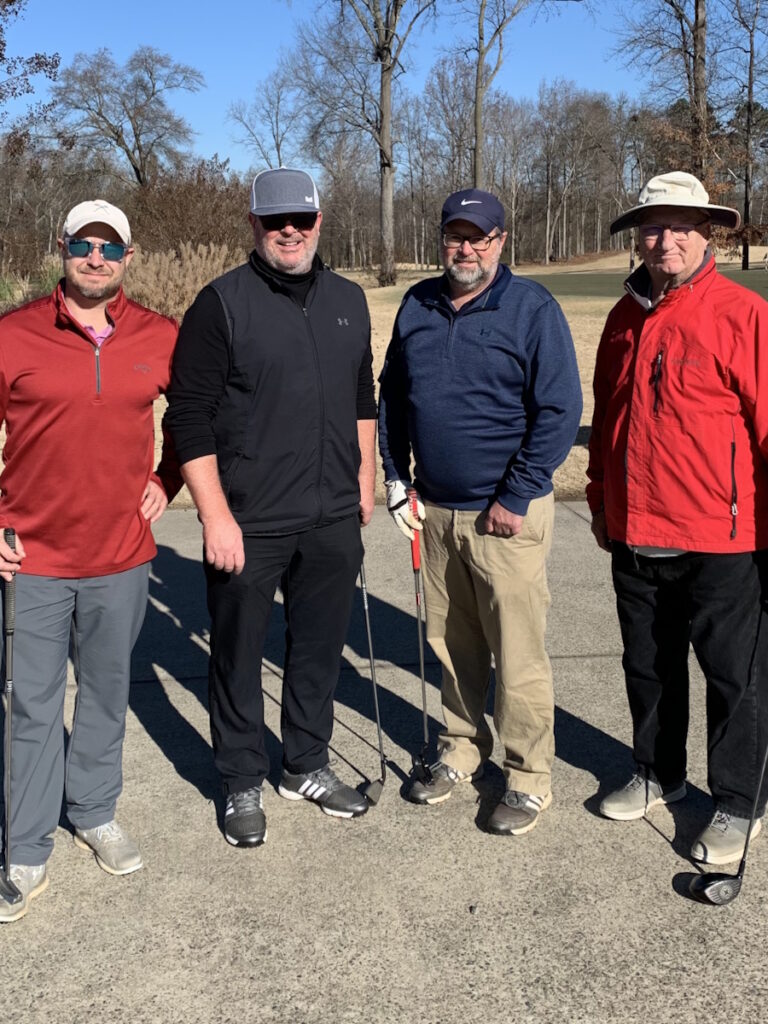
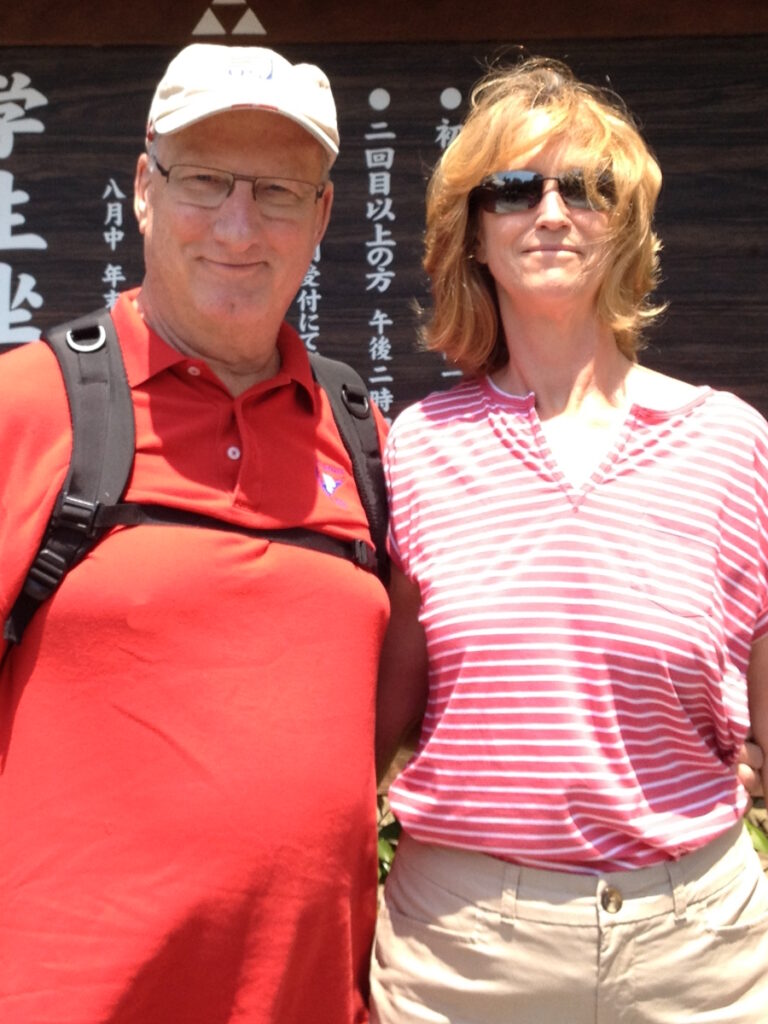
Importance of Having a Care Partner
Without my wife Chris, I don’t know if I could have gone through all of this. When I get my Epkinly shots, we text back and forth. The shot only takes 20 seconds, but we do lab work, so I’m there for maybe an hour plus a 45-minute drive.
Chris has a distribution list that goes to all the kids. We’ve got six kids between us and only one is within a half hour; everybody else is further away. When I was in the hospital, Chris would send daily messages to the kids.
My sister lives in the Charlotte area, so she’s kept in the loop and has become a mentor. She says, “Did you tell the doctor this? Did you tell the doctor that?” She’s in constant contact.
Planning Ahead
We could always do CAR T-cell therapy in the future since Chris will retire soon, but if Epkinly continues to work, I’ll stay with it. It’s easy. You go in for a shot once a week and it takes 20 seconds.
Without my wife Chris, I don’t know if I could have gone through all of this.
The Biggest Difference: Finding the Right Doctor
The best thing that’s happened to me is my oncologist, Dr. Favaro. He’s on top of his game. I trust him wholeheartedly and he cares. He has a lot of patients but when I go into the exam room, he’s there for me. We talk and he listens. If you’re not happy with who you’re going to, find another one.
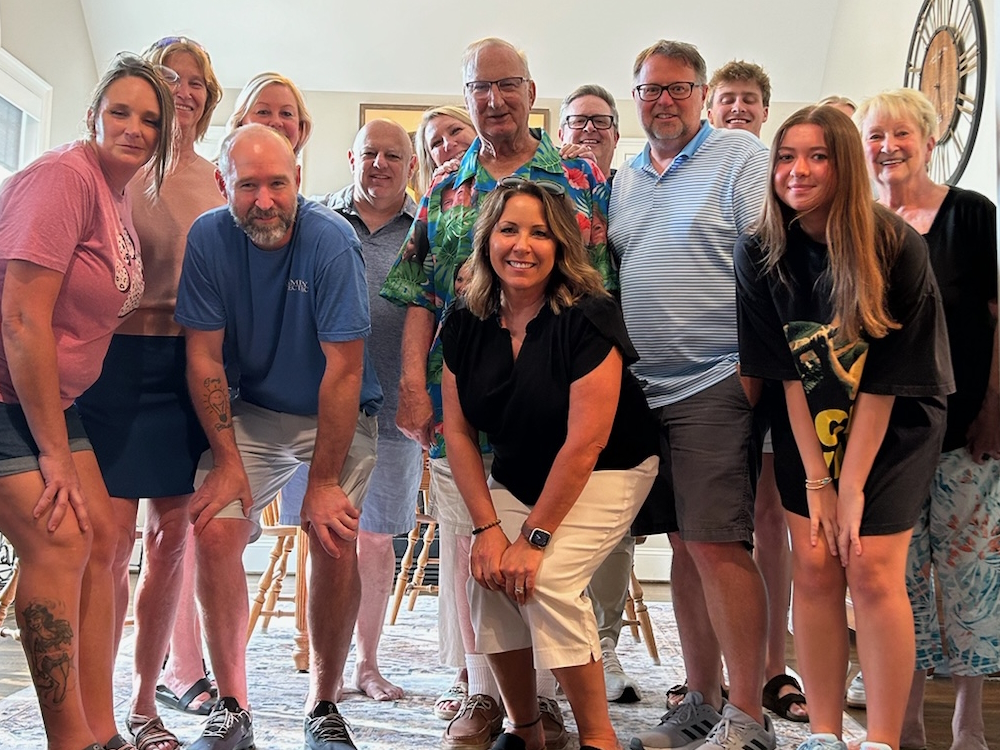

Special thanks again to Genmab for its support of our independent patient education content. The Patient Story retains full editorial control.

Inspired by Don's story?
Share your story, too!
More on DLBCL
Learn more about Diffuse Large B-cell Lymphoma (DLBCL) including a program we held in April with Don’s actual doctor, Dr. Justin Favaro.
Read about the experiences of others diagnosed with DLBCL.
Jen N., Diffuse Large B-Cell Lymphoma (DLBCL), Stage 4B
Symptoms: Blood-tinged phlegm, whole-body itching, shortness of breath, lump near collarbone, night sweats, upper body swelling, rapid weight loss
Treatments: Chemotherapy, immunotherapy, lumbar puncture, autologous stem cell transplant
Jim Z., Diffuse Large B-Cell Lymphoma (DLBCL)
Symptoms: Sudden and severe head and neck swelling, purplish facial discoloration, bulging neck veins
Treatments: Surgery (resection and reconstruction of the superior vena cava), chemotherapy
Nolan W., T-Cell/Histiocyte-Rich Large B-Cell Lymphoma (T/HRBCL), Stage 4
Symptoms: Debilitating fatigue, flu-like symptoms without a fever, swollen lymph node under the left arm
Treatments: Chemotherapy (R-EPOCH & RICE), bone marrow transplant
Mike E., Diffuse Large B-Cell Lymphoma (DLBCL), Stage 4
Symptom: Persistent, significant back pain
Treatments: Surgery, chemotherapy
